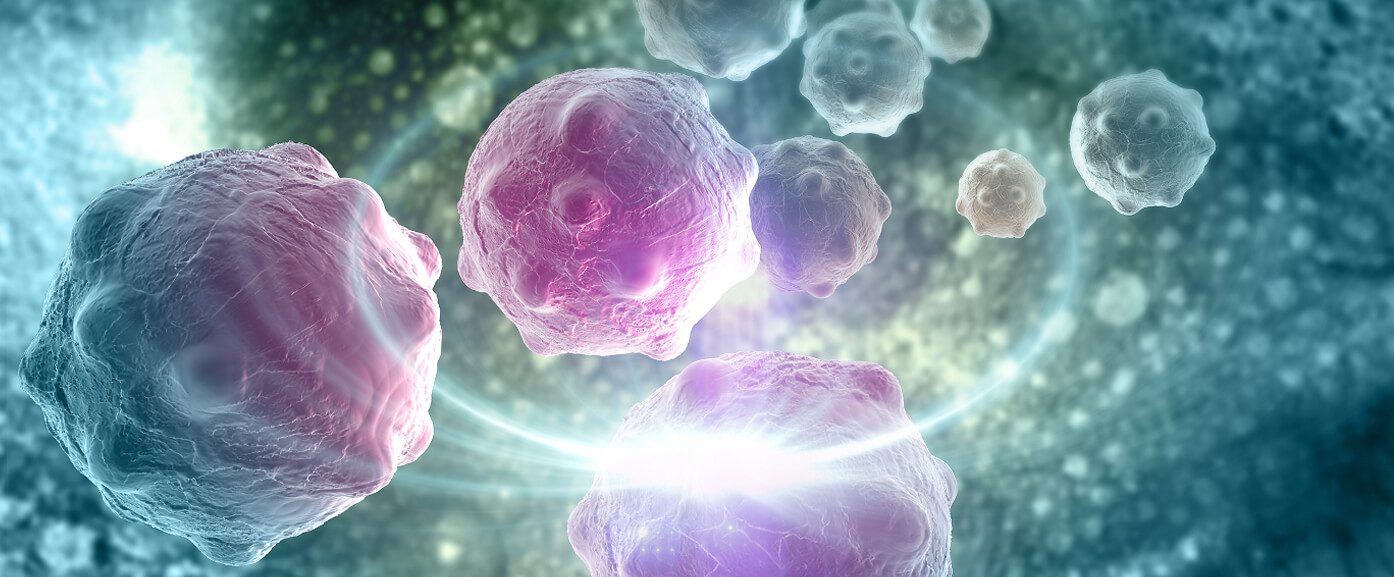

Nearly all cervical cancer cases are caused by the Human Papillomavirus (HPV), an extremely common and often silent virus that is sexually transmitted—though penetrative sex is not required for transmission. Genital contact is also a common method of transmission. Most sexually active men and women will be infected with HPV at some point in their lives. In 90% of cases, however, the immune system will get rid of HPV infections within two years. In the remaining cases, some infections caused by high-risk strains of HPV may persist and turn into cervical cancer.

There are over 100 types of HPV, and they can be classified into two broad types:

Unfortunately, the early stages of cervical cancer do not usually present with any symptoms; and when symptoms do appear, the cancer may already be in the later stages.
It’s also important to note that the HPV virus often lay dormant in the body for years before symptoms finally present themselves; which only further underscores the importance of regular and timely screenings to detect and treat any abnormal cell changes in the cervix well before symptoms even show up.
The cancer is only confined to the neck of the womb, the cervix, and is largely treatable.
The cancer has spread to the top of the vagina and/or into the tissues around the cervix.
The cancer has spread to surrounding structures, like the lower third of the vagina and/or through the pelvic wall, possibly blocking one or both ureters.
The cancer has spread to the bladder or rectum, or even to organs further away like the lungs. This is known as metastatic cancer.
Preventing cervical cancer comes in two crucial stages:
Find out more about how you can prevent cervical cancer from rearing its ugly head.


To that end, he serves on the board of the International Federation of Colposcopy & Cervical Pathology, and his extensive research and humanitarian work centre around HPV and cervical cancer as well.